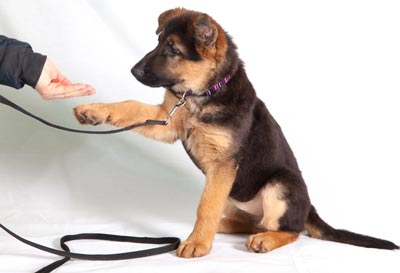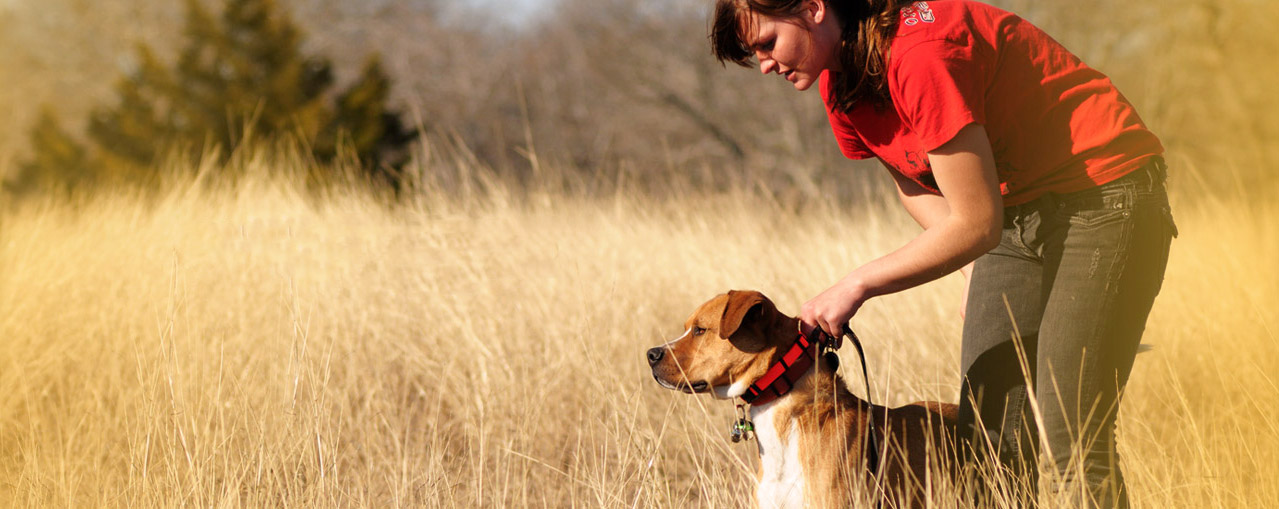Positive Reinforcement in Dog Training: A Humane Approach to Success
Positive Reinforcement in Dog Training: A Humane Approach to Success
Blog Article
Newbie's Guide to Successful Canine Training at Home
Effectively educating a canine at home requires a nuanced understanding of canine behavior and efficient interaction approaches. Developing clear training goals, making use of high-grade incentives, and maintaining consistency throughout household members are important elements. Incorporating training into everyday regimens can boost both interaction and retention.
Understanding Canine Actions
Recognizing dog habits is vital for reliable training and promoting an unified relationship in between human beings and their canine friends. Canines connect mainly with body movement, articulations, and faces, making it critical for owners to analyze these signals precisely. Identifying actions such as tail wagging, roaring, or trembling can provide insights into a canine's emotional state and intentions.

Usual behavior problems, such as aggression, anxiousness, or too much barking, usually come from misconceptions or unmet demands. Observing and addressing these concerns immediately can prevent acceleration and make sure a positive training experience. By fostering a deep understanding of canine behavior, proprietors can customize their training methods to match their canine buddies, eventually bring about a mannerly and happy pet dog.
Essential Educating Devices
A fully equipped training area can significantly enhance the efficiency of pet dog training at home. Necessary training devices make certain that both the instructor and the pet dog can participate in productive sessions that cultivate discovering and bonding.

Spending in a durable leash and a comfortable, well-fitting collar or harness is essential for safety and control. These tools help establish boundaries and make sure the pet remains safe and secure throughout training. Additionally, an assigned training location, cost-free from interruptions, aids concentration for both the instructor and the pet.
Training aids such as training pads, cones, or agility tools can likewise enhance the experience by introducing selection and obstacles. Having a notebook or electronic application for tracking progression can be vital, allowing you to keep in mind successes and locations for improvement. Using these crucial tools will certainly create a positive training environment and lay the structure for effective understanding.
Producing a Training Regimen
Establishing a regular training regimen is essential for effective canine training at home. A well-structured routine not just assists in enhancing preferred actions but additionally supplies your dog with a sense of protection and predictability. To produce an effective training routine, begin by identifying specific training objectives, such as standard commands, leash walking, or house-breaking.
Choose a designated time every day for her comment is here training sessions, preferably when your pet is responsive and alert. Sessions must be short, around 5 to 15 minutes, to maintain emphasis and avoid exhaustion. Uniformity in timing and setting will boost your pet dog's understanding experience.
Integrate training into everyday activities to reinforce skills. For instance, method commands during strolls or mealtime, which incorporates discovering into all-natural regimens. Additionally, stay flexible and change the routine as needed, fitting your pet dog's power degrees and mood.
Favorable Reinforcement Methods
Favorable reinforcement strategies are basic to efficient canine training, promoting preferred actions through incentives rather than punishment. This approach makes use of positive stimuli, such as deals with, appreciation, or playtime, to encourage dogs to duplicate details actions. The foundation of this strategy is timing; incentives must be offered instantly complying with the wanted behavior to produce a clear association.
When executing favorable support, it is important to choose benefits that are motivating for your canine. High-value deals with, such as little pieces of poultry or cheese, can be particularly effective during training sessions. Furthermore, varying the benefits can preserve your dog's passion and enthusiasm.
Start with straightforward commands, like "sit" or "remain," and progressively progression to a lot more complex tasks. Consistency is vital; ensure that all relative make use of the very same commands and benefit systems to stay clear of confusion.
In addition, web link it is crucial to stay patient and stay clear of irritation. Pets, like humans, discover at their own speed. By cultivating an encouraging training atmosphere through positive reinforcement, you can enhance your dog's learning experience while enhancing the bond between you and your fuzzy companion, laying the foundation for effective training results.
Usual Educating Obstacles
While training a pet dog at home can be a rewarding experience, it commonly comes with a collection of usual challenges that can examine both persistence and consistency. One prevalent issue is interruption. Pet dogs might end up being quickly averted by sounds, movements, and even fragrances in their setting, making it hard to maintain their focus throughout training sessions.
An additional difficulty is variance in commands and reinforcement. If household members use different signs or rewards, it can prevent and perplex the pet dog progress. Establishing a unified approach is vital for reliable interaction.
In addition, dogs can experience frustration or anxiety, especially if they do not understand what is anticipated of them. This can lead to undesirable habits, such as chewing or barking.
Finally, the timing of reinforcement is critical (Dog training). Postponed incentives can reduce the effectiveness of positive reinforcement, as pet dogs might fall short to connect the habits with the reward
Overcoming these challenges calls for commitment, clear communication, and a structured training plan. Acknowledging and addressing these typical obstacles will certainly lead the way for a more effective and enjoyable training experience in your home.
Final Thought
To conclude, effective dog training in the house requires a detailed understanding of canine actions and reliable interaction approaches. By developing clear training goals and making use of top notch deals with along with favorable reinforcement, the training procedure ends up being extra satisfying for both the dog and the trainer. Perseverance, uniformity, and versatility are necessary components that assist in understanding. Ultimately, incorporating training into daily routines boosts the bond between pet dog and owner, making the experience both productive and pleasurable.
Establishing a constant training regimen is essential for effective dog training at home.Positive reinforcement techniques are fundamental to reliable canine training, advertising preferred habits through benefits instead than punishment (Dog training). By cultivating a supportive training atmosphere with favorable support, you can boost your pet dog's understanding experience while enhancing the bond in between you and your furry companion, laying the foundation for effective training results
In final thought, successful pet dog training at home requires a detailed understanding of canine habits and efficient interaction techniques. By establishing clear training objectives and making use of premium deals with along with favorable reinforcement, the training process becomes extra blog here gratifying for both the pet and the trainer.
Report this page